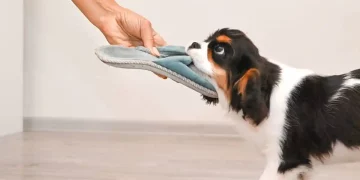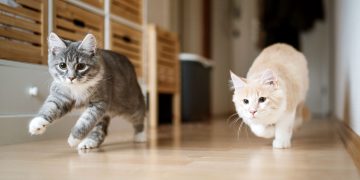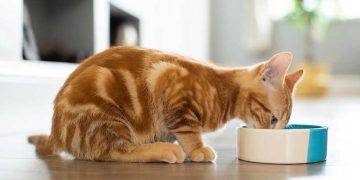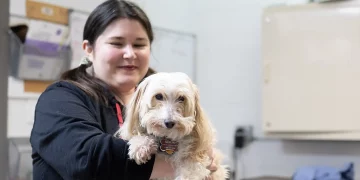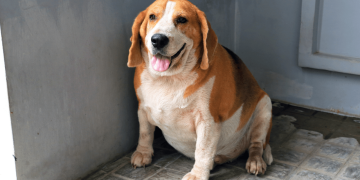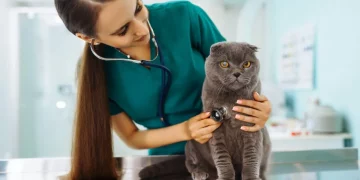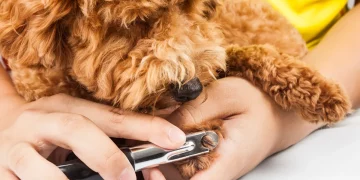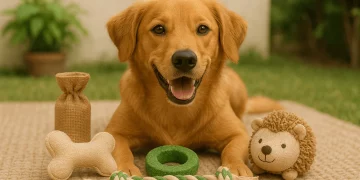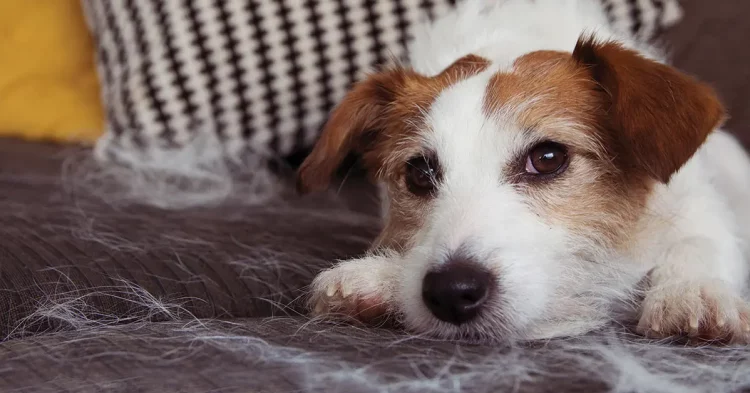Pet shedding is a natural part of owning an animal, but that doesn’t mean it has to take over your home. Whether you have a dog, cat, or other furry companion, excess shedding can leave your furniture, floors, and clothes covered in fur. Understanding the causes of shedding, using the right grooming tools, and adopting a few lifestyle changes can help keep your home cleaner and more comfortable. This guide will offer practical tips and strategies to help you manage pet shedding effectively.
1. Understanding Why Pets Shed
Before diving into solutions, it’s important to understand why shedding occurs. Shedding is a natural process that allows pets to get rid of old or damaged fur. Several factors contribute to shedding, including:
1.1. Seasonal Shedding
Many pets shed more heavily during seasonal changes, particularly in the spring and fall. As temperatures rise in the spring, pets shed their thicker winter coat to prepare for warmer weather. In fall, they may shed their summer coat to make way for a heavier winter coat.
1.2. Breed-Specific Shedding
Some dog and cat breeds are known for shedding more than others. Long-haired breeds like German Shepherds, Persian cats, and Huskies tend to shed more frequently, while short-haired breeds may shed less, though they still produce fur over time.
1.3. Health-Related Shedding
Excessive shedding can sometimes be a sign of underlying health issues. Stress, allergies, skin infections, parasites, or hormonal imbalances can contribute to abnormal shedding. If you notice changes in your pet’s shedding patterns or if they have bald patches, consult a veterinarian.
1.4. Poor Diet
A lack of proper nutrients can lead to poor skin and coat health, which may result in increased shedding. Ensuring your pet gets a balanced diet rich in omega-3 fatty acids, vitamins, and minerals can help reduce excessive shedding.
2. Strategies to Control Pet Shedding
While shedding is inevitable, there are many ways you can manage it and reduce the amount of fur around your home. Here are some effective strategies:
2.1. Regular Grooming
One of the most effective ways to control shedding is through consistent grooming. Brushing your pet regularly helps remove loose fur, prevents mats, and keeps their coat healthy.
- For Dogs: Depending on your dog’s breed, you should brush their fur at least once a week, if not more frequently. Long-haired dogs may require daily brushing to prevent tangling and matting. Short-haired breeds benefit from less frequent brushing but can still benefit from a weekly grooming session to remove loose hair.
- For Cats: Cats also benefit from regular brushing, especially long-haired breeds like Persians, Maine Coons, and Ragdolls. Short-haired cats can be brushed weekly to remove loose fur, while long-haired cats may need daily grooming.
2.2. Using the Right Grooming Tools
Investing in high-quality grooming tools can make a significant difference in the effectiveness of your pet’s grooming routine. Some essential tools include:
- Deshedding Brushes: These specialized brushes are designed to reach the undercoat and remove loose hair before it falls off. Popular tools include the Furminator (for dogs and cats) and similar deshedding brushes designed to reduce shedding and matting.
- Slicker Brushes: These brushes are great for detangling and removing loose hair in long-haired pets. They have fine, soft bristles that help comb through thick fur without causing discomfort.
- De-matting Combs: If your pet has tangled or matted fur, a de-matting comb can help you safely remove these knots without causing pain or injury.
- Glove Brushes: For pets who are sensitive to traditional brushes, a grooming glove is an excellent alternative. It lets you groom your pet while petting them, making the experience more enjoyable for your furry friend.
2.3. Bathing Your Pet Regularly
Bathing your pet on a regular basis helps to remove loose fur and keep their coat clean. However, it’s important to choose the right shampoo for your pet’s skin type to avoid drying out their coat.
- For Dogs and Cats: Use a mild, pet-safe shampoo that is designed to maintain healthy skin and coat. If your pet has sensitive skin, there are shampoos available that are hypoallergenic or specifically formulated for sensitive animals.
- Frequency of Baths: Bathing frequency depends on your pet’s lifestyle and breed. Dogs with longer coats may need to bathe every 4–6 weeks, while short-haired dogs and cats might only need a bath once every 2–3 months. Avoid over-bathing, as it can strip the coat of natural oils.
2.4. Dietary Adjustments to Reduce Shedding
Proper nutrition plays a crucial role in your pet’s shedding patterns. A healthy diet with the right balance of vitamins, minerals, and fatty acids can improve your pet’s coat and minimize excess fur.
- Omega-3 Fatty Acids: Omega-3s are essential for healthy skin and fur. Foods rich in omega-3s, such as fish oil or flaxseed oil, can help reduce shedding. Look for pet food that contains these healthy fats or consider adding fish oil supplements to their diet (consult your vet for proper dosage).
- High-Quality Protein: Protein is a vital building block for your pet’s fur. Ensure that their diet includes high-quality protein sources like chicken, beef, or fish to promote healthy hair growth and minimize shedding.
- Hydration: Keep your pet hydrated by providing fresh water throughout the day. Dehydration can lead to dry, flaky skin, which can exacerbate shedding. Make sure your pet always has access to clean, fresh water.

2.5. Using Air Purifiers
In addition to grooming, an air purifier can help reduce the amount of pet hair floating around your home. Air purifiers with HEPA filters can trap pet dander, hair, and other allergens in the air, keeping your home cleaner and reducing the amount of fur on furniture and floors.
2.6. Vacuuming and Cleaning Your Home
Frequent cleaning is essential when managing shedding. A vacuum with a pet hair attachment can help you tackle fur that accumulates on carpets, rugs, and furniture. Consider using a vacuum designed specifically for pet owners, as these models are often equipped with stronger suction and special tools to pick up pet hair.
- Lint Rollers: Keep a lint roller handy to quickly remove pet fur from your clothes and furniture. Lint rollers are an easy and effective way to grab stray hairs from upholstery or clothing.
- Wash Bedding and Blankets: Wash your pet’s bedding, blankets, and toys regularly to keep excess fur from accumulating in their favorite spots.
2.7. Manage Your Pet’s Stress
Stress can exacerbate shedding, so it’s important to create a calm, safe environment for your pet. If your pet is feeling stressed due to changes in the household, a move, or separation anxiety, consider calming products such as pheromone diffusers, calming collars, or soft music. Reducing stress can help minimize excessive shedding.
3. When to Consult a Veterinarian
If you notice your pet shedding excessively or developing bald patches, it may be a sign of an underlying health issue. Conditions like allergies, infections, fleas, parasites, or hormonal imbalances can lead to abnormal shedding. If your pet’s shedding seems unusual or is accompanied by other symptoms like itching, redness, or scabs, it’s best to consult your veterinarian for a thorough evaluation.
4. Conclusion
While pet shedding is inevitable, there are plenty of ways to manage it and minimize its impact on your home. Regular grooming, proper diet, the right tools, and consistent cleaning are key to keeping fur under control. By following these strategies, you can enjoy the company of your furry friend without feeling overwhelmed by excessive hair. Keep your pet healthy and comfortable, and your home will stay cleaner, too.


